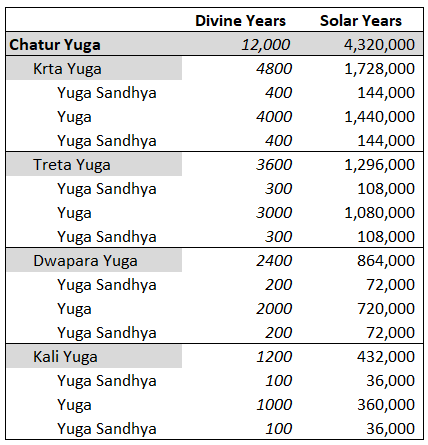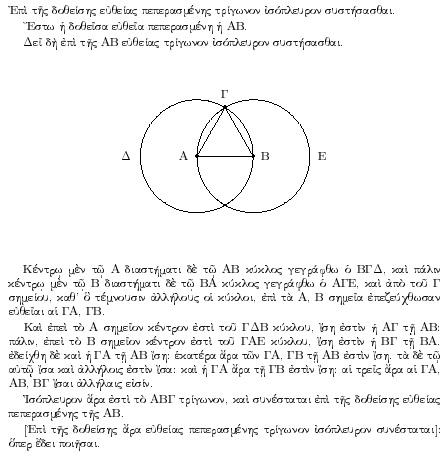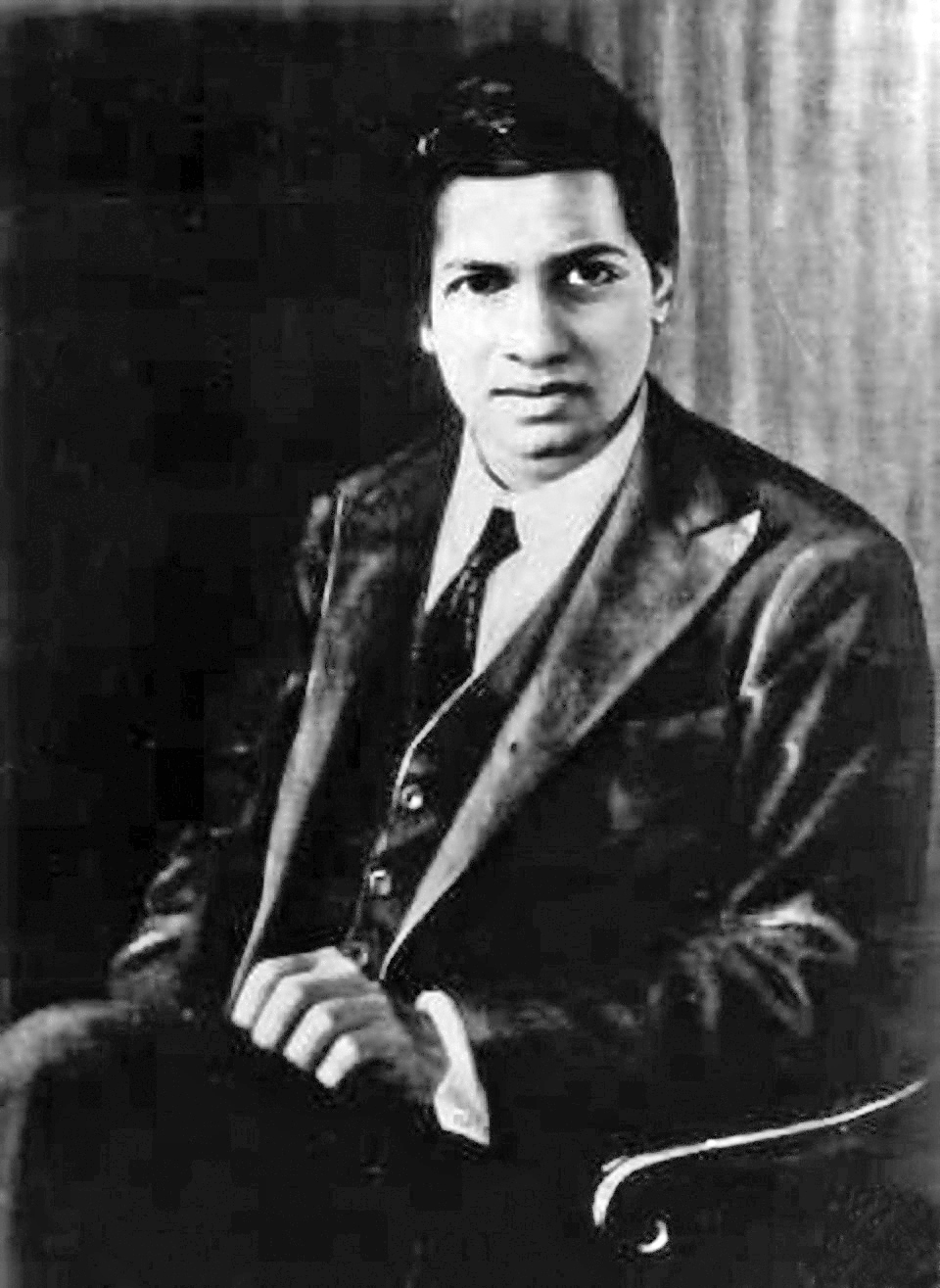|
Haridatta
Haridatta (c. 683 CE) was an astronomer-mathematician of Kerala, India, who is believed to be the promulgator of the Parahita system of astronomical computations. This system of computations is widely popular in Kerala and Tamil Nadu. According to legends, Haridatta promulgated the Parahita system on the occasion of the ''Mamankam'' held in the year 683 CE.K. V. Sarma (1997), "Haridatta", Encyclopaedia of the History of Science, Technology, and Medicine in Non-Western Cultures, edited by Helaine Selin, Springer, . Mamankam was a 12-yearly festival held in Thirunnavaya on the banks of the Bharathapuzha river. The distinctive contribution of Haridatta, apart from his resolving the Aryabhatiya calculations and using the Katapayadi system of numerals is the corrections he introduced to the values of the mean and true positions, the velocity, etc., of the moon and other planets as obtained from Aryabhata's constants. This correction is called the '' Sakabda-samskara'' since it appli ... [...More Info...] [...Related Items...] OR: [Wikipedia] [Google] [Baidu] |
Parahita
Parahita is a system of astronomy prevalent in Kerala and Tamil Nadu, India. It was introduced by the Kerala astronomer Haridatta, (c. 683 AD). Nilakantha Somayaji (1444–1544), in his ''Dr̥kkaraṇa'', relates how Parahita was created based on the combined observations of a group of scholars who had gathered for a festival at Tirunavay, Tirunāvāy on the banks of the Bharatappuzha, Bhāratappuzha River. The Sanskrit etymology literally means "for the benefit of the common man", and the intention was to simplify astronomical computations so that everyone could do it. Parahita is a significant step in the simplification of the siddhanta, siddhantic tradition. Of the two texts of the system, ''Grahacāranibandhana'' and ''Mahāmārganibandhana'', only the former is known. The system simplified the computational cycle of the Aryabhatiya by introducing a sub-aeon of 576 years and introduced a zero correction called ''Vāgbhāva'' based on which the system worked accurately ar ... [...More Info...] [...Related Items...] OR: [Wikipedia] [Google] [Baidu] |
Katapayadi System
''Kaṭapayādi'' system (Devanagari: कटपयादि, also known as ''Paralppēru'', Malayalam: :ml:പരല്പ്പേര്, പരല്പ്പേര്) of numerical notation is an ancient Indian alphasyllabic numeral system to depict letter (alphabet), letters to number, numerals for easy remembrance of numbers as words or Verse (poetry), verses. Assigning more than one letter to one numeral and nullifying certain other letters as valueless, this system provides the flexibility in forming meaningful words out of numbers which can be easily remembered. History The oldest available evidence of the use of ''Kaṭapayādi'' (Sanskrit: कटपयादि) system is from ''Grahacāraṇibandhana'' by Haridatta in 683 Common Era, CE.Sreeramamula Rajeswara Sarma, THE ''KATAPAYADI'' SYSTEM OF NUMERICAL NOTATION AND ITS SPREAD OUTSIDE KERALA, ''Rev. d'Histoire de Mathmatique'' 18 (2012/ref> It has been used in ''Laghu·bhāskarīya·vivaraṇa'' written by ' ... [...More Info...] [...Related Items...] OR: [Wikipedia] [Google] [Baidu] |
Thirunnavaya
Tirunavaya, also spelled as Thirunavaya, is a town in Malappuram, Kerala. Situated on the northern bank of Bharatappuzha (River Ponnani/Nila or Perar), it is one of major Hindu pilgrimage centres in Kerala. Tirunavaya, home to Tirunavaya Temple (Navamukunda/Vishnu Temple) and temples of Siva and Brahma (Cherutirunavaya Brahma Temple and Siva Temple/Tirunavaya Mahadeva Temple), is one of the most prominent places for bali tarpana on Karkitaka vavu in Kerala. Tirunavaya seems to be a very sacred place for the Hindus of Kerala from time immemorial. Bharathappuzha at Tirunavaya is considered to assume a special sanctity, because it flows between the temple of Vishnu (Navamukunda) on its right bank and the temple of Brahma and Siva on its left. The village, situated on the fertile river basin, must have been one of the most prominent Brahmin settlement in Kerala. Tirunavaya also hosted the Mamankam, a type of medieval temple festival with huge political significance, in every 12 yea ... [...More Info...] [...Related Items...] OR: [Wikipedia] [Google] [Baidu] |
Mahayuga
A ''Yuga'' Cycle ( ''chatur yuga'', ''maha yuga'', etc.) is a cyclic age (epoch) in Hindu cosmology. Each cycle lasts for 4,320,000 years (12,000 divine years) and repeats four ''yugas'' (world ages): '' Krita (Satya) Yuga'', ''Treta Yuga'', ''Dvapara Yuga'', and ''Kali Yuga''. As a ''Yuga'' Cycle progresses through the four ''yugas'', each '' yuga's'' length and humanity's general moral and physical state within each ''yuga'' decrease by one-fourth. ''Kali Yuga'', which lasts for 432,000 years, is believed to have started in 3102 BCE. Near the end of ''Kali Yuga'', when virtues are at their worst, a cataclysm and a re-establishment of ''dharma'' occur to usher in the next cycle's ''Satya Yuga'', prophesied to occur by Kalki. There are 71 ''Yuga'' Cycles in a ''manvantara'' (age of Manu) and 1,000 ''Yuga'' Cycles in a ''kalpa'' (day of Brahma). Lexicology A ''Yuga'' Cycle has several names. Age or ''Yuga'' ( sa, युग, , an age of the gods): : "Age" and "''Yuga''", sometim ... [...More Info...] [...Related Items...] OR: [Wikipedia] [Google] [Baidu] |
7th-century Indian Mathematicians
The 7th century is the period from 601 ( DCI) through 700 ( DCC) in accordance with the Julian calendar in the Common Era. The spread of Islam and the Muslim conquests began with the unification of Arabia by Muhammad starting in 622. After Muhammad's death in 632, Islam expanded beyond the Arabian Peninsula under the Rashidun Caliphate (632–661) and the Umayyad Caliphate (661–750). The Muslim conquest of Persia in the 7th century led to the downfall of the Sasanian Empire. Also conquered during the 7th century were Syria, Palestine, Armenia, Egypt, and North Africa. The Byzantine Empire suffered setbacks during the rapid expansion of the Caliphate, a mass incursion of Slavs in the Balkans which reduced its territorial limits. The decisive victory at the Siege of Constantinople in the 670s led the empire to retain Asia Minor which assured the existence of the empire. In the Iberian Peninsula, the 7th century was known as the ''Siglo de Concilios'' (century of councils) refer ... [...More Info...] [...Related Items...] OR: [Wikipedia] [Google] [Baidu] |
Scientists From Kerala
A scientist is a person who conducts scientific research to advance knowledge in an area of the natural sciences. In classical antiquity, there was no real ancient analog of a modern scientist. Instead, philosophers engaged in the philosophical study of nature called natural philosophy, a precursor of natural science. Though Thales (circa 624-545 BC) was arguably the first scientist for describing how cosmic events may be seen as natural, not necessarily caused by gods,Frank N. Magill''The Ancient World: Dictionary of World Biography'', Volume 1 Routledge, 2003 it was not until the 19th century that the term ''scientist'' came into regular use after it was coined by the theologian, philosopher, and historian of science William Whewell in 1833. In modern times, many scientists have advanced degrees in an area of science and pursue careers in various sectors of the economy such as academia, industry, government, and nonprofit environments.'''' History The roles ... [...More Info...] [...Related Items...] OR: [Wikipedia] [Google] [Baidu] |
People From Malappuram District
A person ( : people) is a being that has certain capacities or attributes such as reason, morality, consciousness or self-consciousness, and being a part of a culturally established form of social relations such as kinship, ownership of property, or legal responsibility. The defining features of personhood and, consequently, what makes a person count as a person, differ widely among cultures and contexts. In addition to the question of personhood, of what makes a being count as a person to begin with, there are further questions about personal identity and self: both about what makes any particular person that particular person instead of another, and about what makes a person at one time the same person as they were or will be at another time despite any intervening changes. The plural form "people" is often used to refer to an entire nation or ethnic group (as in "a people"), and this was the original meaning of the word; it subsequently acquired its use as a plural form of per ... [...More Info...] [...Related Items...] OR: [Wikipedia] [Google] [Baidu] |
Kerala School Of Astronomy And Mathematics
The Kerala school of astronomy and mathematics or the Kerala school was a school of Indian mathematics, mathematics and Indian astronomy, astronomy founded by Madhava of Sangamagrama in Kingdom of Tanur, Tirur, Malappuram district, Malappuram, Kerala, India, which included among its members: Parameshvara, Neelakanta Somayaji, Jyeshtadeva, Achyuta Pisharati, Melpathur Narayana Bhattathiri and Achyuta Panikkar. The school flourished between the 14th and 16th centuries and the original discoveries of the school seems to have ended with Melpathur Narayana Bhattathiri, Narayana Bhattathiri (1559–1632). In attempting to solve astronomical problems, the Kerala school independently discovered a number of important mathematical concepts. Their most important results—series expansion for trigonometric functions—were described in Sanskrit verse in a book by Neelakanta called ''Tantrasangraha'', and again in a commentary on this work, called ''Tantrasangraha-vakhya'', of unknown author ... [...More Info...] [...Related Items...] OR: [Wikipedia] [Google] [Baidu] |
Hindu Astronomy
Astronomy has long history in Indian subcontinent stretching from pre-historic to modern times. Some of the earliest roots of Indian astronomy can be dated to the period of Indus Valley civilisation or earlier. Astronomy later developed as a discipline of Vedanga, or one of the "auxiliary disciplines" associated with the study of the Vedas,Sarma (2008), ''Astronomy in India'' dating 1500 BCE or older. The oldest known text is the ''Vedanga Jyotisha'', dated to 1400–1200 BCE (with the extant form possibly from 700 to 600 BCE). Indian astronomy was influenced by Greek astronomy beginning in the 4th century BCEHighlights of Astronomy, Volume 11B: As presented at the XXIIIrd General Assembly of the IAU, 1997. Johannes Andersen Springer, 31 January 1999 – Science – 616 pages. page 72/ref>Babylon to Voyager and Beyond: A History of Planetary Astronomy. David Leverington. Cambridge University Press, 29 May 2010 – Science – 568 pages. page 4/ref>The History and Practice of Anci ... [...More Info...] [...Related Items...] OR: [Wikipedia] [Google] [Baidu] |
History Of Mathematics
The history of mathematics deals with the origin of discoveries in mathematics and the mathematical methods and notation of the past. Before the modern age and the worldwide spread of knowledge, written examples of new mathematical developments have come to light only in a few locales. From 3000 BC the Mesopotamian states of Sumer, Akkad and Assyria, followed closely by Ancient Egypt and the Levantine state of Ebla began using arithmetic, algebra and geometry for purposes of taxation, commerce, trade and also in the patterns in nature, the field of astronomy and to record time and formulate calendars. The earliest mathematical texts available are from Mesopotamia and Egypt – '' Plimpton 322'' ( Babylonian c. 2000 – 1900 BC), the ''Rhind Mathematical Papyrus'' ( Egyptian c. 1800 BC) and the '' Moscow Mathematical Papyrus'' (Egyptian c. 1890 BC). All of these texts mention the so-called Pythagorean triples, so, by inference, the Pythagorean theorem seems to be the most anci ... [...More Info...] [...Related Items...] OR: [Wikipedia] [Google] [Baidu] |
Indian Mathematicians
chronology of Indian mathematicians spans from the Indus Valley civilisation and the Vedas to Modern India. Indian mathematicians have made a number of contributions to mathematics that have significantly influenced scientists and mathematicians in the modern era. Hindu-Arabic numerals predominantly used today and likely into the future. Ancient * Baudhayana sutras (fl. c. 900 BCE) *Yajnavalkya (700 BCE) *Manava (fl. 750–650 BCE) *Apastamba Dharmasutra (c. 600 BCE) *''Pāṇini'' (c. 520–460 BCE) * Kātyāyana (fl. c. 300 BCE) * Akspada Gautama(c. 600 BCE–200 CE) * Bharata Muni (200 BCE-200 CE) *Pingala (c. 3rd/2nd century BCE) Classical Post-Vedic Sanskrit to Pala period mathematicians (2nd century BCE to 11th century CE) Medieval Period (1200–1800) Kerala School of Mathematics and Astronomy * Madhava of Sangamagrama * Parameshvara (1360–1455), discovered drk-ganita, a mode of astronomy based on observations * Nilakantha Somayaji (1444–1545), mathematician a ... [...More Info...] [...Related Items...] OR: [Wikipedia] [Google] [Baidu] |
Indian Mathematics
Indian mathematics emerged in the Indian subcontinent from 1200 BCE until the end of the 18th century. In the classical period of Indian mathematics (400 CE to 1200 CE), important contributions were made by scholars like Aryabhata, Brahmagupta, Bhaskara II, and Varāhamihira. The decimal number system in use today: "The measure of the genius of Indian civilisation, to which we owe our modern (number) system, is all the greater in that it was the only one in all history to have achieved this triumph. Some cultures succeeded, earlier than the Indian, in discovering one or at best two of the characteristics of this intellectual feat. But none of them managed to bring together into a complete and coherent system the necessary and sufficient conditions for a number-system with the same potential as our own." was first recorded in Indian mathematics. Indian mathematicians made early contributions to the study of the concept of zero as a number,: "...our decimal system, which (by t ... [...More Info...] [...Related Items...] OR: [Wikipedia] [Google] [Baidu] |



_1938.jpg)



